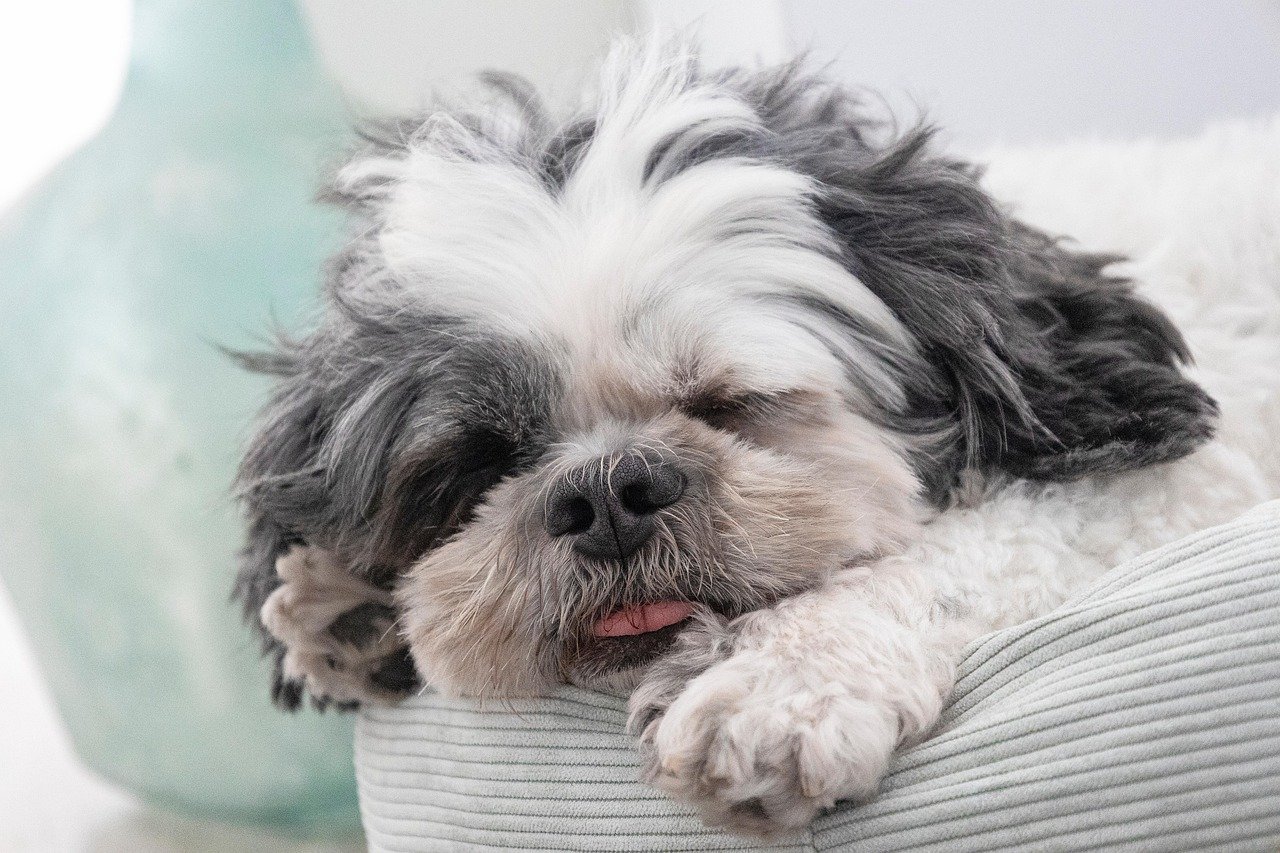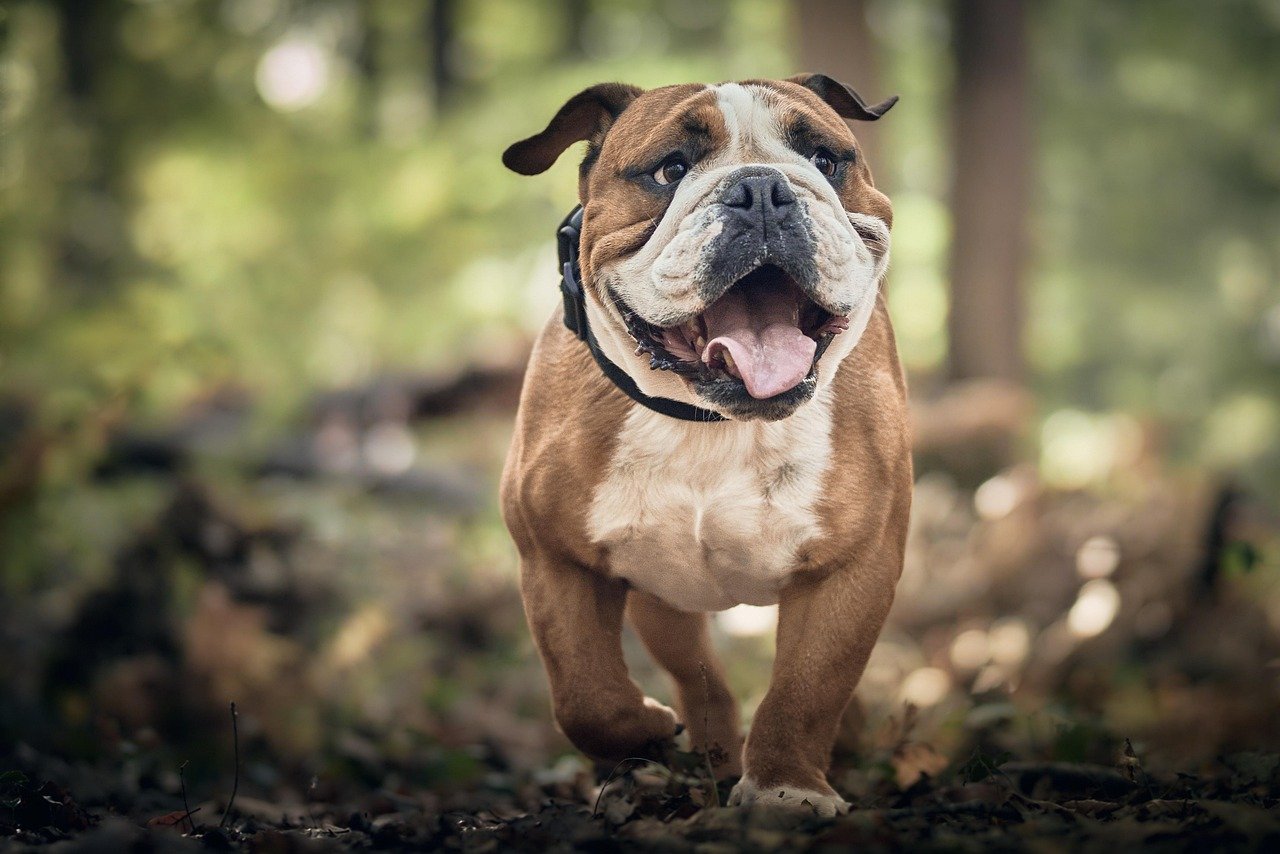Have you ever looked into the wise, cloudy eyes of an older dog and felt like they were hiding a thousand stories? Senior dogs are a treasure trove of personality, quirks, and heartwarming habits that younger pups haven’t yet developed. These unique traits aren’t just adorable—they’re important signals about their health, happiness, and the unspoken love they share with us. It’s easy to miss the subtle, sometimes hilarious, sometimes touching changes that come with aging. But if you’ve been lucky enough to grow old with a dog by your side, you’ll know: senior dogs are full of surprises, and every quirk has a story. Let’s explore the 12 quirks only senior dogs show—and discover why each one truly matters.
1. The Slow, Thoughtful Walk
As dogs age, their personalities and habits often shift in subtle, endearing ways. From the slow shuffle to the soft sighs of contentment, senior dogs develop quirks that speak volumes about their life experience, loyalty, and wisdom. These changes may seem small, but they’re often packed with meaning—offering clues to their comfort, health, and emotional needs.
As dogs age, their energetic sprints often turn into slow, mindful strolls. Instead of dashing from one scent to the next, senior dogs tend to pause and ponder, sniffing the air with a gentle patience. It’s as if they’re savoring every moment, appreciating the world in a way only years of experience can allow. These slower walks are more than just a sign of aging joints—they’re a reminder for us to slow down too, and enjoy the simple things together. Watching your older dog move at their own pace can be both touching and bittersweet. It’s a sign of wisdom, a testament to all the adventures you’ve shared, and an invitation to cherish the time you have left. While these walks may not cover as much ground, the memories made during them are priceless.
2. Grumbling and Groaning
If you notice your senior dog making more noises—grumbling when they lie down, sighing as they settle in, or even giving a dramatic “oof” when they stand up—you’re not alone. These little sounds are classic senior dog quirks. They’re usually harmless, just vocal expressions of stiff joints or a tired body. But they also serve as gentle reminders that your pup needs softer bedding, extra love, or maybe just a little more understanding. Sometimes these noises are downright funny, like a grumpy old man muttering about the weather. Other times, they tug at your heartstrings, making you want to offer a comforting pat or an extra treat. These vocal quirks add character, and they’re one of the many ways older dogs communicate their needs.
3. Napping Like a Pro

Older dogs have truly mastered the art of napping. While puppies can fall asleep anywhere, senior dogs choose their favorite spots with care—an old rug, a sunny patch on the floor, or the couch corner that fits them just right. Their naps last longer, and they often look so peaceful it’s hard not to smile. These extended rest periods are vital for their health, giving their bodies time to recover and recharge. It might seem like your dog is lazier, but really, they’re just conserving energy and enjoying well-deserved comfort. As they snooze, you might notice gentle twitching paws or soft snoring, making every nap a little show of its own. The way senior dogs sleep is a testament to their trust in you and their love of home.
4. The Sudden Burst of Puppy Energy

Just when you think your senior dog has settled into a life of slow walks and naps, you might witness something incredible—a sudden, short burst of puppy-like excitement. Out of nowhere, they might grab a toy, dash across the room, or playfully bark at you. These moments are both hilarious and precious, like a brief return to their younger days. They can be triggered by a favorite game, a familiar scent, or pure joy. While these bursts don’t last long, they’re important reminders that your dog’s spirit is still lively and playful. It’s a quirk that brings unexpected happiness to your day and shows that, deep down, your senior dog is still a puppy at heart.
5. Selective Hearing
Have you ever called your senior dog, only to be met with a blank stare or a slow, dramatic turn of the head? Selective hearing is a common quirk in older dogs. Sometimes, it’s due to genuine hearing loss—other times, it’s clear they’re just choosing which commands to obey! It’s a mix of biology and well-earned stubbornness. You might find yourself raising your voice, clapping your hands, or even resorting to silly noises to get their attention. While this can be frustrating, it’s also a gentle nudge to be more patient and creative in your communication. Understanding this quirk helps you tune in to their needs and adapt your routines, making life easier for both of you.
6. Clinginess and Shadowing
Many senior dogs become more attached to their humans as they age. They may follow you from room to room, always wanting to be close by. This “shadowing” is often a sign of increased affection and a need for security. It can feel both adorable and, at times, a little overwhelming—like having a fuzzy guardian angel at your heels. This behavior can also signal anxiety or confusion, as older dogs sometimes struggle with changes in their environment. Offering gentle reassurance, keeping routines consistent, and making time for extra snuggles can help. Clinginess is a quirk that speaks volumes about the depth of your bond and the comfort your presence brings them.
7. The Mysterious Stare
There’s something mesmerizing about the way senior dogs stare—long, thoughtful gazes that seem to look right into your soul. Sometimes, they appear lost in thought, or perhaps they’re reminiscing about days gone by. Other times, their eyes are full of love, seeking reassurance or simply enjoying your company. These stares can catch you off guard, making you wonder what’s going on in their wise old minds. While some of this may be due to changes in eyesight, it’s also a sign of deep connection. When your senior dog locks eyes with you, it’s their way of saying, “I trust you,” or “I’m here with you.” It’s a quirk that makes every moment together feel meaningful.
8. Changes in Appetite
Aging often brings changes in appetite—some senior dogs become pickier, while others suddenly act ravenous. These shifts can be quirky and a little concerning at times. One day, your dog might snub their favorite treat, and the next, they’re begging for seconds at dinner. This unpredictability is often linked to changes in metabolism, dental issues, or underlying health conditions. Paying attention to these quirks is crucial, as they can be early signs of discomfort or illness. Adjusting their diet, offering softer foods, or consulting with a vet can make a big difference. This quirk is more than just a funny habit—it’s an important way your dog communicates their needs as they age.
9. Graying Muzzle and Whiskers
One of the most visible quirks of a senior dog is their graying muzzle and whiskers. These silver highlights appear gradually, adding a distinguished, almost regal look to their face. It’s like nature’s way of awarding them a crown for years of loyalty and adventure. While the change in color is purely cosmetic, it often signals a shift in how we see our dogs—as wise companions, not just playful pups. This physical quirk is a gentle reminder of all the years you’ve shared, and it often brings out a mix of pride and nostalgia. Many dog lovers find the graying fur endearing, a little badge of honor that makes every cuddle even sweeter.
10. Newfound Fearfulness
As dogs get older, it’s not uncommon for them to develop new fears or become more sensitive to loud noises, unfamiliar people, or changes in their routine. You might notice your dog trembling during thunderstorms or hiding from the vacuum cleaner when they never did before. This increased fearfulness is a quirky but important clue that their senses and coping abilities are changing. It’s a sign to offer extra comfort, create safe spaces, and be patient during stressful situations. Recognizing this quirk helps you provide the reassurance your senior dog needs and shows just how much you care.
11. Forgetfulness and Confusion
Just like people, older dogs can become forgetful or even seem confused at times. They might walk into a room and forget why they’re there, or lose track of where they left their favorite toy. Sometimes, they stand at the wrong door waiting to go out, or seem disoriented in familiar places. This quirk can be both amusing and a little heartbreaking, as it highlights the effects of aging on their minds. It’s important to watch for signs of canine cognitive dysfunction, which can be managed with support and routine. Above all, this forgetfulness is a reminder to be patient, gentle, and understanding as your dog navigates their golden years.
12. A Newfound Love for Routine
Senior dogs often become creatures of habit, sticking closely to established routines. They know exactly when it’s time for breakfast, when to expect a walk, and when you’re due to come home. Any change—no matter how small—can throw them off balance. This devotion to routine is a quirky, sometimes comical, aspect of growing older. You might find your dog waiting by the door at the same time every day, or reminding you with a bark if you’re late for dinner. Their love for routine provides them with comfort and security, and it’s one of the most important ways you can help them feel safe and loved as they age.
Understanding the unique quirks of senior dogs isn’t just about noticing changes—it’s about deepening the bond you share with a loyal companion who’s spent a lifetime by your side. These behaviors, while sometimes subtle or puzzling, are their way of expressing comfort, needs, and enduring love. By tuning in and responding with patience, empathy, and care, you’re not only honoring their age but enriching their final chapters with the dignity and devotion they deserve. After all, every gray whisker tells a story—and every quirk is a reminder of just how special they truly are.
Jen is a passionate nature lover and ocean conservationist. She has dedicated her life to protecting the environment and preserving the beauty of the natural world. Growing up in a small coastal town, Jen sincerely appreciated the ocean and its inhabitants. She has spent countless hours exploring the shoreline, learning about the creatures that inhabit the waters, and advocating for their protection. Jen is an active member of ocean conservation organizations, and she is committed to educating the public about the importance of conserving wildlife and the natural environment.






